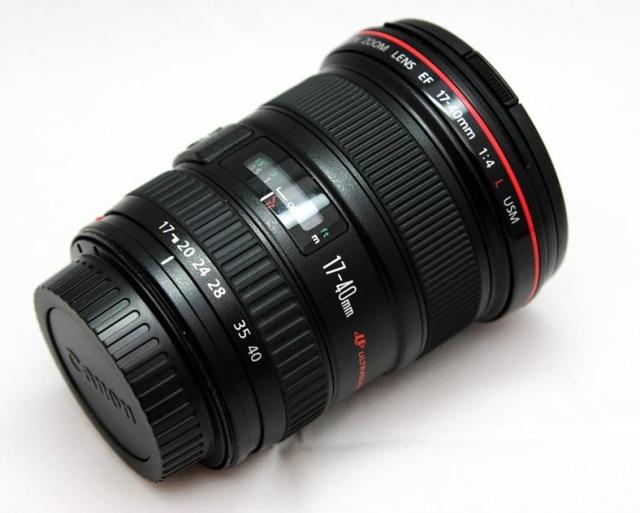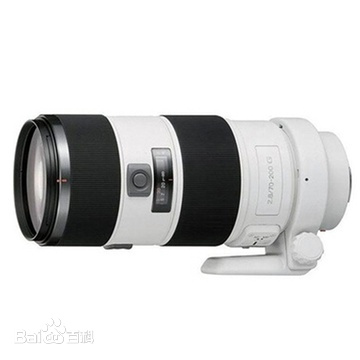Ten Experiences of Making Good Use of Zoom Lens
I believe everyone is familiar with zoom lens. How should we use it? Here are 10 experiences on making good use of zoom lenses.
1. Focus with Long Focal Length
When using zoom lens, the correct focusing method is to focus with long focal length first. Then select the appropriate focal length for shooting. In the long focal length state, the image of the subject is the largest. The depth of field is the smallest. This is convenient for us to focus. In the case of backlighting or complicated light, it is helpful to select the local photometry. It is necessary to approach the subject. When we shoot at ordinary times, we should use a zoom lens with medium or long focal length. Then focus with the longest focal length, lock the exposure. Then select the ideal focal length for shooting. This eliminates the need to move back and forth.
2. Try More for Each Focal Length
Although most photography lovers care about the zoom magnification, they often use the long focal length lens most in specific use. Some regard it as a fixed focal telephoto lens. When you try to use other focal lengths to obtain different pictures, you will find that zoom lens has the potential as a variable framing tool.
3. Be familiar with the Operation of Zoom Lens
In the early zoom lens, zoom and focus were adjusted by two rings. Most zoom lenses have been changed to single-loop control. This is marked by changing the focal length by pushing and pulling the lens. For photography lovers who have bought new lenses, they should be familiar with it. They should remember the front and rear directions of zoom and the left and right positions of focus. Avoid affecting the definition due to rotating the adjustment ring during zoom after precise focusing. This is why many "conservative" photographers prefer to use the old double-ring zoom lens.

4. Proper Use of Supports
When using a zoom lens with a focal length of 200 mm or more, the lens should be fixed on supports. For example, you can use tripods to ensure stability.
5. Choose the Appropriate Shade
Zoom lenses are likely to generate halo than other types of lenses. A suitable light shield is essential. Although sometimes the shielding caused by the shielding cannot be seen on the framing screen of the single lens reflective camera, it is shown on the film. This kind of situation is most obvious when shooting with a small aperture, so the light shield is included in the depth of field range.
6. Adding Range-increasing Mirrors
When we need to use long focal length, we can buy a 2-fold distance mirror for little money. A 3-fold distance mirror can reach 210-630 mm. This will make your lens join the ranks of astronomical telescopes. The price is to lose the number of apertures and the clarity of the photos taken.
7. Use Filters with Caution
Unless it is necessary, we do not add filters to zoom lenses. In the environment of beach or salt water, a protective mirror is needed. It can change the color temperature and create special effects. For example, in order to deepen the color of the sky and eliminate reflection, polarizers need to be added.
8. Control the Depth of the Screen
A zoom lens is used to photograph with a focal length of 60 mm. This is at a distance of 1.5 meters from the subject and a focal length of 300 mm at a distance of 7.5 meters. The subject images in the photos they get are of the same size, except that the depth of the two photos is different. Photographs taken with a focal length of 60 mm have a sense of depth and space. When shooting with a focal length of 300 mm, the impression is that the scenery is compressed. The subject and the scenery seem to be "zoomed in".

9. Keep a Distance to Prevent Deformation
When shooting with the wide-angle end of the zoom lens, we should pay attention to keeping a proper distance from the subject. This will not cause deformation of the subject. We must